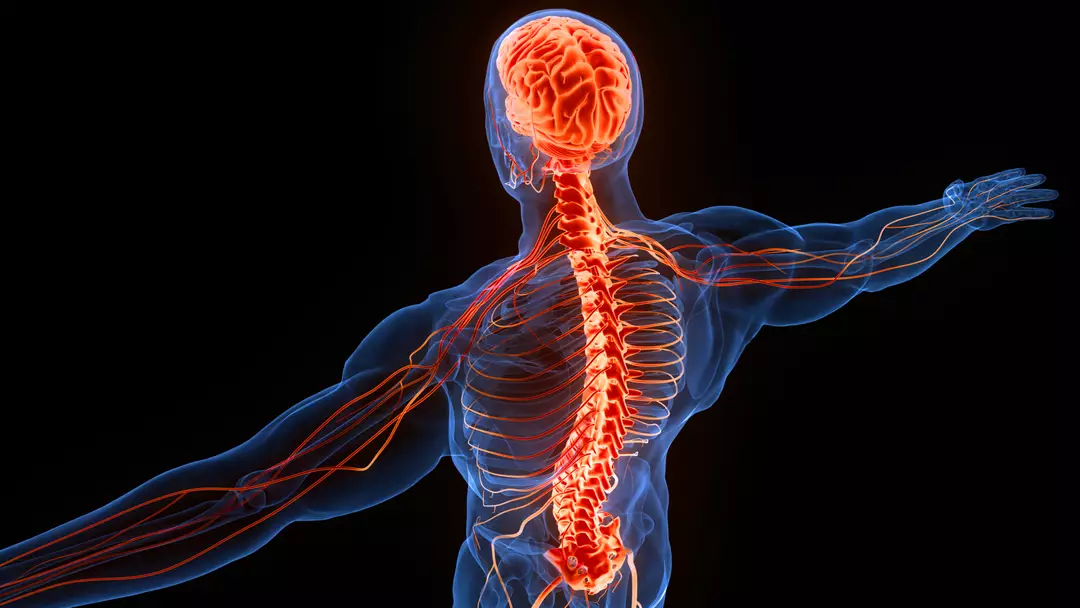Emily Willis’ legal team has provided an update on her health nearly two years after she was left ‘permanently disabled’.
The former adult film actress, now 26, experienced a cardiac arrest and entered a ‘vegetative coma’ while at a California rehabilitation center in February of last year.
Willis garnered a significant following after appearing in over 700 adult films, having launched her career in the industry in 2018.
By 2022, she retired from the adult film industry after a four-year period and shifted her focus to mainstream acting.
Presently, Willis is ‘permanently disabled’ and resides under the care of her mother, Yesenia Lara Cooper, in Utah.
Her family initiated a lawsuit against the rehab facility, Summit Malibu, in January, alleging ‘abuse of a dependent adult, professional negligence, negligence, and fraudulent business practices’—allegations that the rehab center refutes.

Willis’ lawyer, James A. Morris, of Morris Law Firm, informed The Mirror US that Willis remains ‘bedridden’ as a result of her ‘neurological injuries’.
He further stated that the former social media personality is unable to speak but emits ‘audible sounds’ and has ‘limited body movements’.
Willis continues to receive care from her mother.
Regarding the family’s legal proceedings, he mentioned: “Trial is set to take place in Santa Monica on May 6, 2026. We have additional hearings in February.”
Neurological conditions affect the nervous system, which includes the brain, spinal cord, and nerves.
Such conditions can disrupt movement, cognition, and emotional control.
According to the Cleveland Clinic, there are five primary types of neurological conditions.

These types include the central nervous system (brain and spinal cord), peripheral nervous system (nerves extending from the spinal cord), somatic system (controls voluntary movements), and the autonomic system (manages involuntary functions such as breathing, heartbeat, and digestion).
Given that the nervous system controls most bodily functions, symptoms can range widely from head, back, and neck pain, to movement issues like weakness, tremors, paralysis, and coordination problems.
Some individuals might notice cognitive changes such as memory loss, confusion, mood swings, or difficulties with speech, swallowing, sleep, and breathing.
Causes of neurological conditions can include genetic mutations, infections, tumors, strokes, or injuries and trauma. In some cases, the cause remains unknown.
The specific neurological condition affecting Willis has not yet been confirmed or disclosed by her representatives.
Previously, it was suggested that Willis might be experiencing Locked-in Syndrome, a ‘rare and serious’ neurological disorder resulting from brainstem damage.
In February, Morris clarified that Willis had not yet been diagnosed with Locked-in Syndrome.
“I will preface that by saying we have not received the medical records […] yet,” he told the Daily Star. “But yes, we are investigating that and drilling down on that. We are aware that it is certainly a possibility.”

While often linked to stroke, Locked-in Syndrome has also been associated with cardiac arrests due to the restricted oxygen and blood flow to the brain.
Dr. Gareth Nye, Programme Lead for Medical Science at the University of Chester, previously explained more about the condition to the Daily Star.
“Locked-in Syndrome is essentially where a patient is aware of their surroundings and have full consciousness but cannot move or communicate verbally due to complete paralysis of nearly all voluntary muscles in the body, except for vertical eye movements and blinking,” he elaborated.
“Some patients do retain some facial muscle movement and may retain some sensation in their limbs but crucially have no movement at all below the neck.”
Unfortunately, there is no cure for Locked-in Syndrome, potentially leaving individuals with the condition for extended periods.
However, since patients remain conscious, modern technology enables them to communicate with loved ones through eye movements, allowing them to lead meaningful lives.

